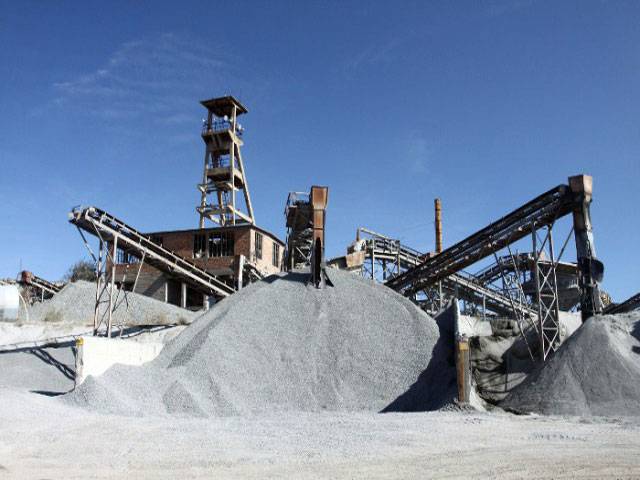LAHORE - In spite of the fact that cement consumption was rebounded in the domestic market in February 2017, the industry registered a negative growth for the first time during current fiscal year due to the massive decline of 45 percent in exports.
Total cement consumption in February 2017 was 3.435 million tons that is 0.41 percent less than the consumption of 3.449 million tons during the corresponding month of last year. The domestic cement consumption in February was 3.181 million tons out of which 2.580 million tons was dispatched by the North based cement mills and 0.601 million tons was dispatched by cement mills located in the Southern part of the country.
The increase in domestic consumption was 6.69 percent. Exports in February stood at 0.254 million tons that is 45.69 percent less than exports achieved in February 2016. In the first eight months of this fiscal year, the country dispatched 26.339 million ton cement showing an overall growth of 6.36 percent over the corresponding period of last fiscal year. During this period the domestic consumption increased by 9.12 percent but exports declined by 8.54 percent.
It is pertinent to mention here that the cement consumption during July-February increased by 8.26 percent in the North and by 13.15 percent in the Southern part of the country. In contrast, the exports from North declined by only 2.98 percent compared with a decline of 18.21 percent in the South. This should be a matter of concern for the authorities because in the past the South based mills being nearer to sea were leading cement exporters.
The APCMA said that clinker and cement are being manufactured locally and are abundantly available in Pakistan. It is surprising to note that the list of locally manufactured goods as notified by the Federal Board of Revenue (FBR) vide Custom General Order number 11 of 2007 dated August 28, 2007, does not include cement. Secondly, the import of clinker and cement is liable to 10 percent and 20 percent of customs duty and due to cheap energy cost in neighbouring countries; low-grade quality cement is being dumped in the Pakistani market.
It is urged to increase the customs duty on import of clinker and cement from 10 percent and 20 percent to 35 percent in order to support the local manufacturers and imports of cement should not be allowed until exporters have registered themselves with Pakistan Standards and Quality Control Authority (PSQCA). PSQCA certified the quality of cement, just as being done by India and all other importing countries’ authorities.
Pakistan has already lost a major chunk of its market in Afghanistan to Iranian cement. The high energy cost has made the cement more expensive as cement is an energy intensive sector. The cost of electricity and gas in Pakistan is the highest in the region while additional duties on coal imports have nullified the lower cost of coal in the global markets. On the domestic front, high government levies have encouraged some unscrupulous elements to smuggle or import under invoiced Iranian cement.
The APCMA spokesman once again urged the government to take effective steps in order to stop penetration of Iranian cement in Pakistani markets on the strength of massive under invoicing and misdeclaration. A proper vigilance and accountability system needs to be put in place to stop cement smuggling into the country. The government should also increase import duty for import of clinker and cement in order to protect the local industry.






